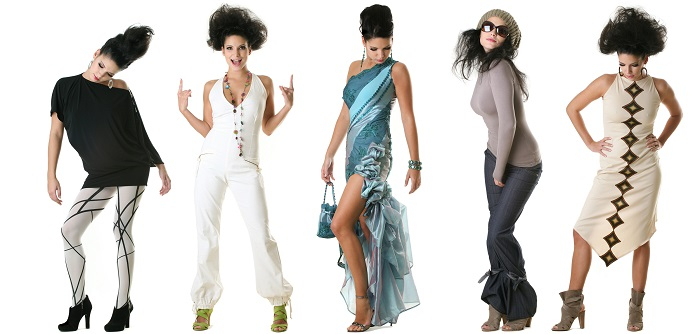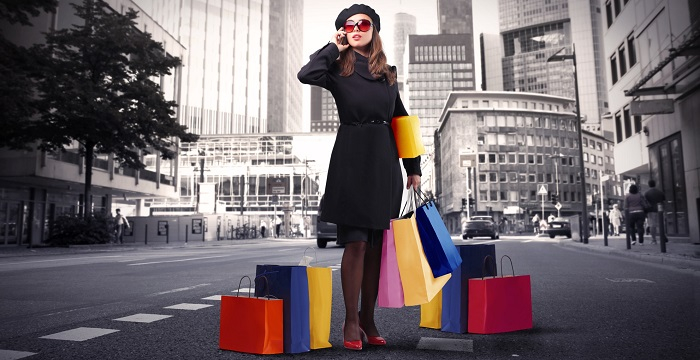

Some of the most basic facets of daily life have a very small but significant impact on how we communicate with one another. Because one’s own physical appearance is so familiar, obvious, and real, it is frequently taken for granted. The fact that we all “read” clothing and grooming to judge the actions, thoughts, and conduct of others on a regular basis is often overlooked. The use of symbols rather than words constitutes a sort of nonverbal communication. Similar to verbal signals, nonverbal communication is only effective when both the sender and the recipient of the message understand the symbols in the same way. A misinterpretation or misunderstanding of messages may arise if the symbols are not understood by the sender and receiver.

Your physical appearance has an impact on how someone first perceives you. This is why appearance matters so much when applying for employment, meeting new people, and in many other facets of daily life. A person or group may get interested in you or lose interest in you depending on how you appear. People who know you and are constantly around you may respond in different ways based on how you personally appear. Friends, relatives, instructors, classmates, employers, and co-workers may unconsciously or consciously react favourably or unfavourably to your appearance.
In the past, people have frequently interpreted appearance and fashion as status symbols. Dress code and appearance modification have traditionally been used as a technique to highlight the differences between social classes or between various cultural values and beliefs. From traditional European nations to African tribes, all societies have embraced fashion as a means of socially classifying people and bringing together generally homogeneous groupings. As a response to standardisation and uniformity, postmodernism has thrust adornment and display to the forefront of cultural and social arenas.
The sense of fashion is an integral component of social identity and appearance. It covers classification, identification, comparison, and perceived distinctiveness processes. People who identify with particular groups act in ways that represent their membership in such groups; in the world of fashion, this translates into deliberate decisions about how to dress and present oneself in order to do so. Social identities are equally linked to privileges and rights as they are to obligations and penalties. A person’s choice of artefacts, such as clothing, jewellery, or other accessories, strengthens their connection to their social group and exposes them to stereotypical representations. People indicate their preference for social affiliation through their choice of clothing, i.e., the groups to which they belong or aspire to join.
In general, clothing serves three purposes: to protect the body, to maintain modesty, and to embellish. The relative importance of one of these tasks to the others, as well as the particular laws and customs that apply to each function, convey crucial details about the culture of a particular group. Fashion thus serves a dual purpose in adorning appearances.
There is a definite social status marker in clothes, which can reveal money, class, occupation, regional identity, and even religion. These factors were all crucial in determining a person’s identity. A few of these elements still exist today. Muslim women, for instance, adhere to strict standards for attire. Higher social-class individuals favour luxury goods and brands as status signals. In some places, regional culture plays a significant role in influencing fashion choices. As a result, for more than a century, how someone looks and what they are wearing have been key indicators of their actual or desired social position.
We form opinions about people within the first few seconds of meeting them, and the same is true when others observe us. This indicates that you have been evaluated and profiled before you even open your mouth. Given this, one should constantly make an effort to dress nicely. In addition to making you appear good, a nice dress has a positive effect on your confidence and self-esteem. This suggests that dress also has a significant psychological impact on our lives.

Basically, the first thing that visually distinguishes one individual from another is their appearance. Without this freedom, life would be a monotonous routine. Fashion, according to Donatella Versace, is about “dreaming” and inspiring others to do the same. This description may not appear to make much sense at first, but if you give it some thought, you’ll realise that dreams identify us as individuals and give us our distinctiveness, and the same is true of fashion. People gain identity through fashion because they always dress in a way that is completely in line with their personalities.
Every day, we can see the influence of fashion all around us. Fashion and personal appearance teach each of us a variety of morals and attitudes. The decisions we must make regarding our looks and behaviour are also influenced by these beliefs and attitudes. A certain time is trendier than another for certain types of cars, homes, and furniture. There are numerous fashion variations in entertainment, including music, cinema, and television. Fashion trends also influence our morals, social norms, language, and way of life. All of this ultimately affects how we appear to others.